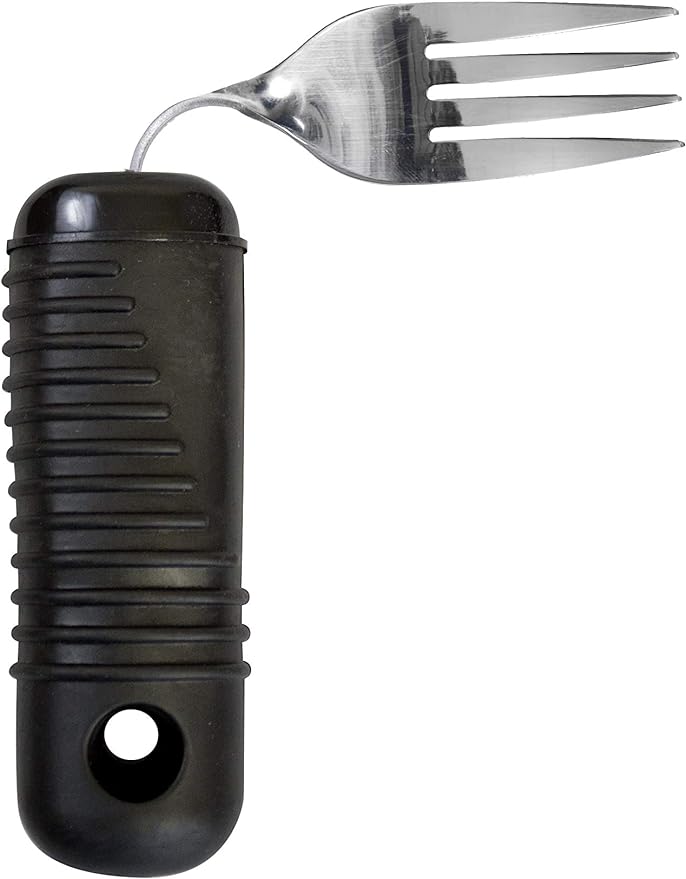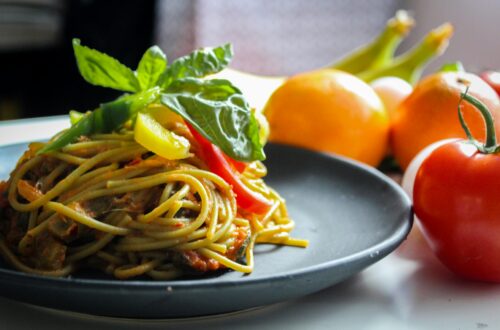Eating should be a comfortable and enjoyable experience for everyone. However, for individuals with limited hand mobility or coordination issues, using standard utensils can be challenging. Adaptive utensils are designed to help overcome these difficulties, offering a practical solution to make dining easier and more enjoyable.
Understanding Angled Utensils
Angled utensils are specially designed eating tools that feature a bend in the handle, allowing for a more natural and ergonomic grip. These utensils, which include spoons, forks, and knives, enable users to eat with less strain on their wrists and arms. They are particularly beneficial for individuals with conditions like arthritis, Parkinson’s disease, or other motor impairments.
Benefits of Angled Eating Utensils
- Improved Comfort: The ergonomic design of angled utensils reduces the need for twisting and turning the wrist, making eating more comfortable.
- Enhanced Independence: These utensils empower individuals to eat without assistance, fostering a sense of independence and confidence.
- Versatility: Available in various forms, such as spoons, forks, and knives, angled utensils can be used for different types of meals.
- Durability: Made from high-quality materials like stainless steel, these utensils are built to last and withstand regular use.
Stainless Steel Angled Spoon: A Game Changer
The stainless steel angled spoon is a popular choice among angled eating utensils. Its durable construction ensures longevity, while its design provides the following benefits:
- Ease of Use: The angled head allows for easy scooping and bringing food to the mouth with minimal effort.
- Hygienic and Easy to Clean: Stainless steel is resistant to rust and easy to clean, ensuring the utensil remains sanitary.
- Aesthetic Appeal: Stainless steel angled spoons often have a sleek and modern look, making them a stylish addition to any dining set.
Choosing the Right Angled Eating Utensils
When selecting angled eating utensils, consider the following factors:
- Material: Opt for utensils made from durable materials like stainless steel for longevity and easy maintenance.
- Handle Design: Look for ergonomic handles that provide a comfortable grip and reduce strain on the hand and wrist.
- Functionality: Choose utensils that cater to specific needs, such as spoons for soups and cereals, forks for solid foods, and knives for cutting.
Making the Most of Angled Utensils
To maximize the benefits of angled eating utensils, here are a few tips:
- Practice Makes Perfect: Encourage users to practice with their new utensils to get used to the feel and motion.
- Pair with Non-Slip Plates: Using non-slip plates and bowls can further enhance the dining experience by preventing spills and making it easier to scoop food.
- Consult with Occupational Therapists: For personalized recommendations, consult with an occupational therapist who can suggest the best utensils based on individual needs.
Conclusion: Transform Your Dining Experience
Eating utensils for stroke patients, such as the stainless steel angled spoon, offer a practical and stylish solution for individuals with limited hand mobility. By investing in these adaptive tools, users can enjoy a more comfortable, independent, and enjoyable dining experience. Whether you’re shopping for yourself or a loved one, angled utensils are a thoughtful addition to any kitchen.
Embrace the convenience and empowerment that angled eating utensils provide, and revolutionize your dining experience today.





